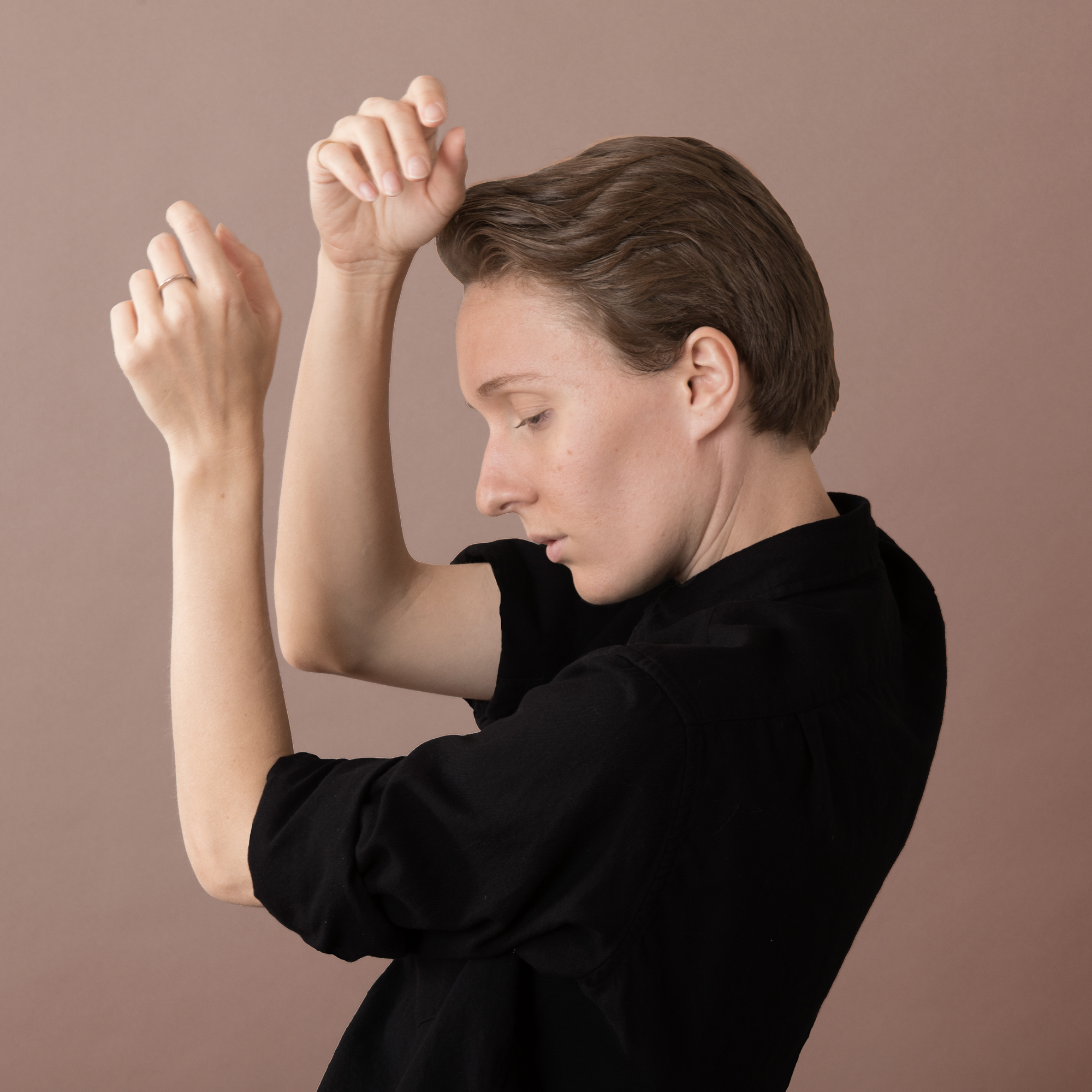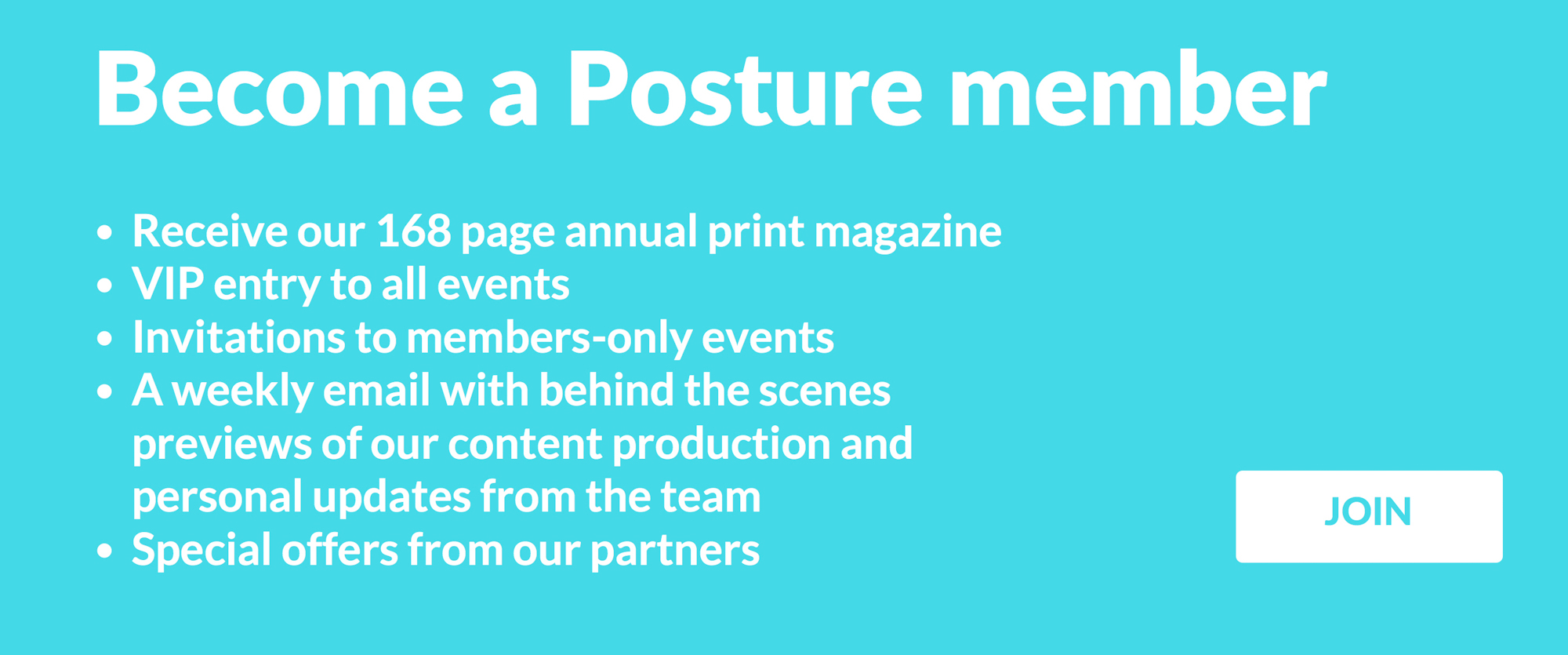Katharina Stenbeck is a Swedish electronic musician and artist based in California. She launched her solo music project, Galleriet, this Spring and released the first single, Right Wavelength, in April. Galleriet aims to “blur the lines between music, theatre, and the art gallery experience, while providing a new way to look at the female artist.” She is self-engineered and self-produced and feels passionately about showcasing a broader spectrum of womanhood and female sexuality.

Can you tell me more about yourself and artistic practice?
I’m originally from Stockholm, Sweden and lived many years in New York prior to relocating to the West Coast in 2015. My background is in theatre, both classical and contemporary, always with a keen interest in experimental works and performance art. I’ve also worked with visual art for many years, sometimes in the public eye and sometimes simply for myself. I began merging my voice as a visual artist together with my theatre background, through the vessel of music, when I formed a band together with some friends in New York. As the lead singer, I set out to find a way of expressing myself that would incorporate all my art forms. I left the band in 2015, after six years together, and moved to LA. It took me about a year to find my footing again and I began writing my own material, which ultimately resulted in the launch of my first solo project, Galleriet.
“As a woman, I think it can be harder to feel confident enough to take that step out of the group mentality and into a solo forum. If I can in any way encourage more girls and women to give it a go, that would be fantastic.”
You mentioned Galleriet is about bringing a new way to look at the female artist, what does that mean to you exactly?
My theatre background, as well as the years I spent in a band, were in many ways focused on working together as a group. In theatre, you often work as an ensemble and many times no one voice should be louder than another. In a band, the dynamic is often the same unless everyone is comfortable with one band member taking up more space than the others. This can be a beautiful method of working and I enjoyed it very much during my early adulthood, as it was a safe and encouraging way to explore my own creative identity among like-minded peers. However, as I approached my 30’s, I started feeling the urge to break away in order to explore what my artistic practice and work would look like if it was undiluted. After leaving the band, I painted for a year out in LA (it was a quiet and reclusive practice that helped clear my head), then music started coming to me again and I decided to form Galleriet to give my songs a place to live. For me, the process of launching my first solo project was exciting but also incredibly difficult due to the anxieties and emotional luggage that were stirred up inside me. Was I good enough to work alone? I ended up self-producing and self-engineering the debut album, Romantic Gestures (two songs from the album are released and a third is coming soon), and throughout the process I would often bump up against the fact that women who work in electronic music rarely produce and engineer themselves. In my old band, as well as in the network of musicians we played with in New York, I was always surrounded by men. I think that is beginning to change now, but there’s still plenty of room for female role models to step forward. As a woman, I think it can be harder to feel confident enough to take that step out of the group mentality and into a solo forum. If I can in any way encourage more girls and women to give it a go, that would be fantastic.
How do you feel about the art gallery experience, or galleries in general?
I grew up attending art openings with my mother, who isn’t an artist but who has always been very interested in art and is beautifully creative in her own way. I remember growing fond of the ambiance and atmosphere inside galleries and museums at a very early age. I’m especially drawn to vast, open spaces with white walls, high ceilings, and oodles of natural light where the art on the walls really gets a chance to breathe. Well-curated galleries and museums feel like safe havens to me. I also chose the name Galleriet (“the gallery” in Swedish) for this project, as I’m using it as a gallery for many of my art forms.
What do you think is currently missing in mainstream representations of womanhood and female sexuality?
I think womanhood and female sexuality are far more complex than today’s mainstream media allows for. However, I think the same is true for manhood and male sexuality. In regards to the female experience, we know that women and girls far too often feel the pressure to look sexually attractive according to the standards of mass media whilst also buckling under the expectations to perform to impossible standards of perfection in school and at work. I find that women are often their own worst critics, constantly running and rerunning a tape loop of unfathomably vicious thoughts about themselves inside their own heads. It seems hard to deny that this is a result of an upbringing in a world where women’s contributions and the roles of women are often marginalized and stereotyped. In Sweden, gender equality is of high importance and I feel happy to have grown up in a country where girls and women are encouraged in their growth and pursuits from an early age, but there’s still more work to do. The role of the woman in mainstream media far too often still falls under cookie cutter categories like the loving mother, the promiscuous seductress, the flawed angel, the female hero who somehow still has to turn into the damsel in distress before the film’s end, and so on. We are seeing more female directors and tastemakers stepping forward and sharing their personal experiences of womanhood and female sexuality, which is much needed. Female sexuality is not just a pretty girl with her eyes closed and her mouth open, moaning just so, while flatteringly lit in full makeup, effortlessly climaxing after three thrusts.
What inspired Right Wavelength? What do you want people to take away from the video?
Right Wavelength is about shapeshifting and rebirth. It’s the first single I released as Galleriet and it explores my personal resurrection as a solo artist. The video utilizes symbolic imagery to touch on themes like female sexuality, gender, self-doubt, death, and regeneration. I hope the video invites the viewer to drink in the images and marinate on them, allowing for many interpretations of the meaning behind the visuals.
What can we expect from you moving forward? Any projects in the works?
I’m in the process of creating my third music video, for the song Allting är som vanligt. It’s the only song in Swedish on my album and therefore it’s especially dear to me. The song, along with the video, will be released this coming month. Stay tuned on my Facebook, Instagram and Twitter for news.

